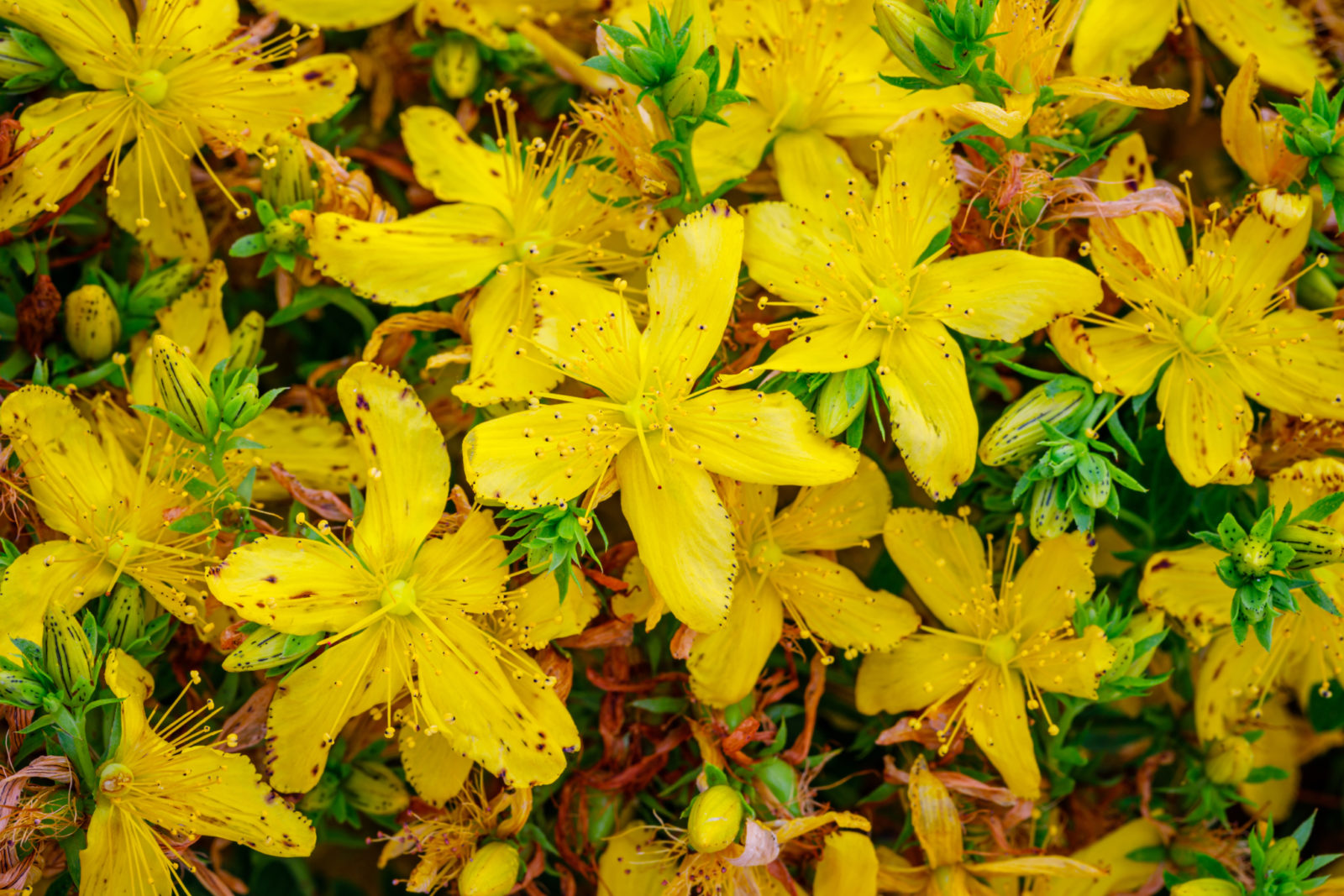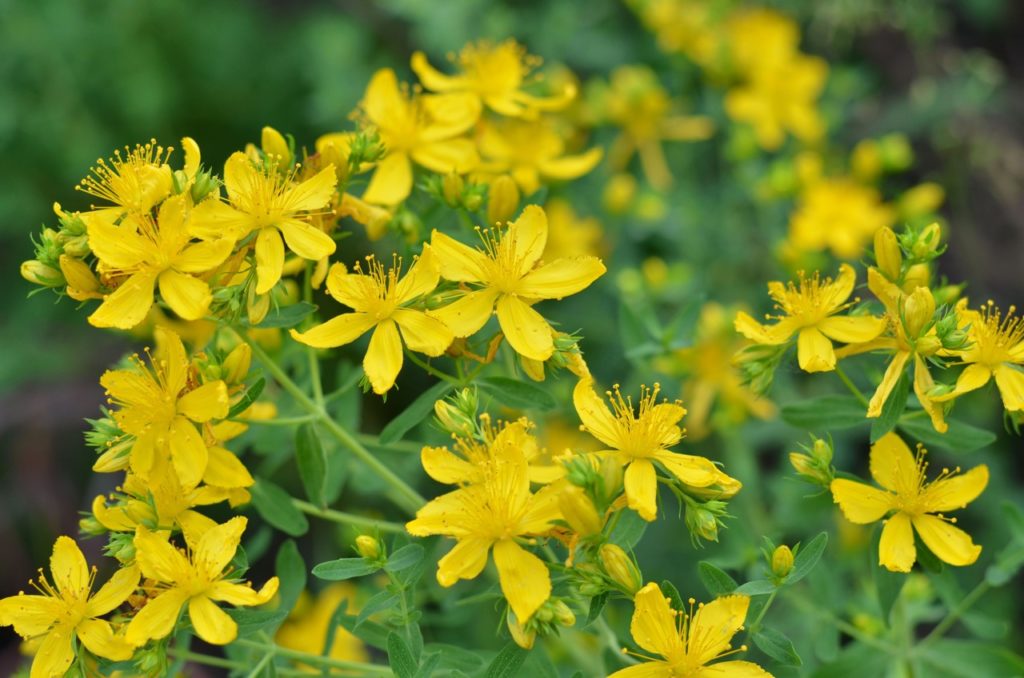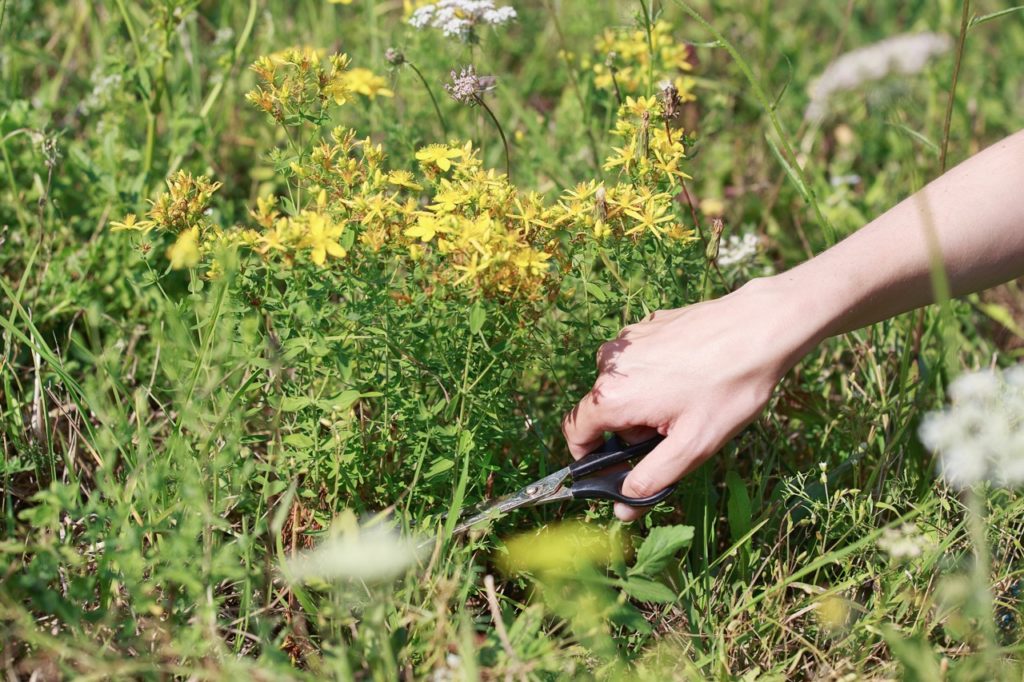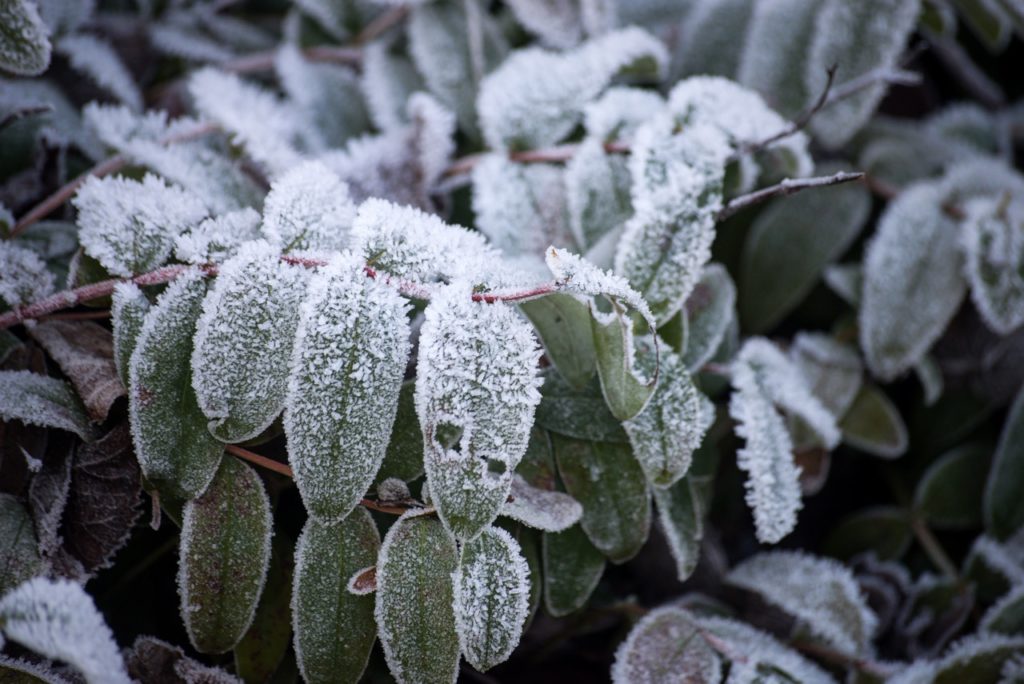Here’s How To Fix Creeping Rhizomes, Rust Or Frost Damage On Hypericum

PERENNIALS > HYPERICUM > PROBLEMS

Elizabeth is a Permaculture Garden Designer, Sustainability Consultant and Professional Writer, working as an advocate for positive change. She graduated from the University of St. Andrews with an MA in English and Philosophy and obtained a Diploma in Applied Permaculture Design from the Permaculture Association.
Reviewed By PETER LICKORISH

Peter is a Horticulture Lecturer and self-employed Horticulturist, with a passion for diverse areas of the industry - from garden design to the science behind plant growth and propagation. He has completed the Royal Horticultural Society’s Master of Horticulture (MHort) Award and lectures on RHS courses at Bedford College.
IN THIS GUIDE
Hypericums are very reliable and generally trouble-free plants for UK gardens.
St John’s Wort and other annuals, perennials and shrubs in this genus are generally rarely troubled by pests or disease.
In fact, they are said to repel certain pest species, and may actually make good companion plants and aid other plants growing close by.
1) Creeping Rhizomes
The main problem with these plants is not actually a problem for the plant but rather a problem for the gardener.
Once certain members of this genus are placed in your garden, they develop extensive creeping rhizomes which may creep underground and lead to plants popping up where you do not want them.

Once in place, these are plants that can be very difficult, if not impossible, to get rid of entirely.
St John’s Wort, the well-known herb, is often considered a weed in gardens and it can self-seed readily – not always where you want it.
It is very difficult to eradicate it permanently from your garden.
Even if you think it’s all gone, seeds can lie dormant in the soil seed bank for years, and germinate once disturbed.
If you want to remove unwanted Hypericum, try using a specialised herbicide.
2) Rust
The very things that can potentially make more vigorous hypericum a problem for gardeners, their tenacity and propensity to spread, also make these plants extremely resilient.
They are hardy, happy in a range of conditions, and rarely troubled by pests and disease problems.

Occasionally, some hypericum, such as Rose of Sharon, may be afflicted by rust, which is a fungal disease that causes a spotted yellow or bronze discolouration on the leaves.
However, this does not typically have a huge impact on the plants and affected foliage can simply be removed to prevent the problem from spreading.
“Having worked in gardens where deer and muntjac hold daily feasts, Hypericum is incredibly useful because it is deer-resistant and is one of the surprisingly few plants I have not known them to touch,” says Peter Lickorish, a Horticultural Consultant.
“During propagation, grey mould (Botrytis) can be a problem if there is inadequate airflow or too much moisture.
“Cleanly pick or cut off the damage and a few surrounding leaves, if possible, to reduce its spread. Sterilise any equipment used afterwards.”
3) Frost Damage
While Hypericum are generally hardy in the UK climate, extremely cold conditions, especially when combined with winds and snow, can lead to frost damage.
The leaves may have discolouration and turn brown.
However, even larger areas of frost damage die-back will usually not be as big an issue as they appear, and new growth should emerge when conditions improve.
“The key is to be patient before pruning later in spring,” shares Peter.

“The older growth can act as an insulating blanket to protect more fragile shoots underneath.”
Of course, it is important to find the right hypericum for your needs and to understand that this genus has a wide range of different plants.
However, many of these will be great choices for a low-maintenance and largely hassle-free UK garden.
